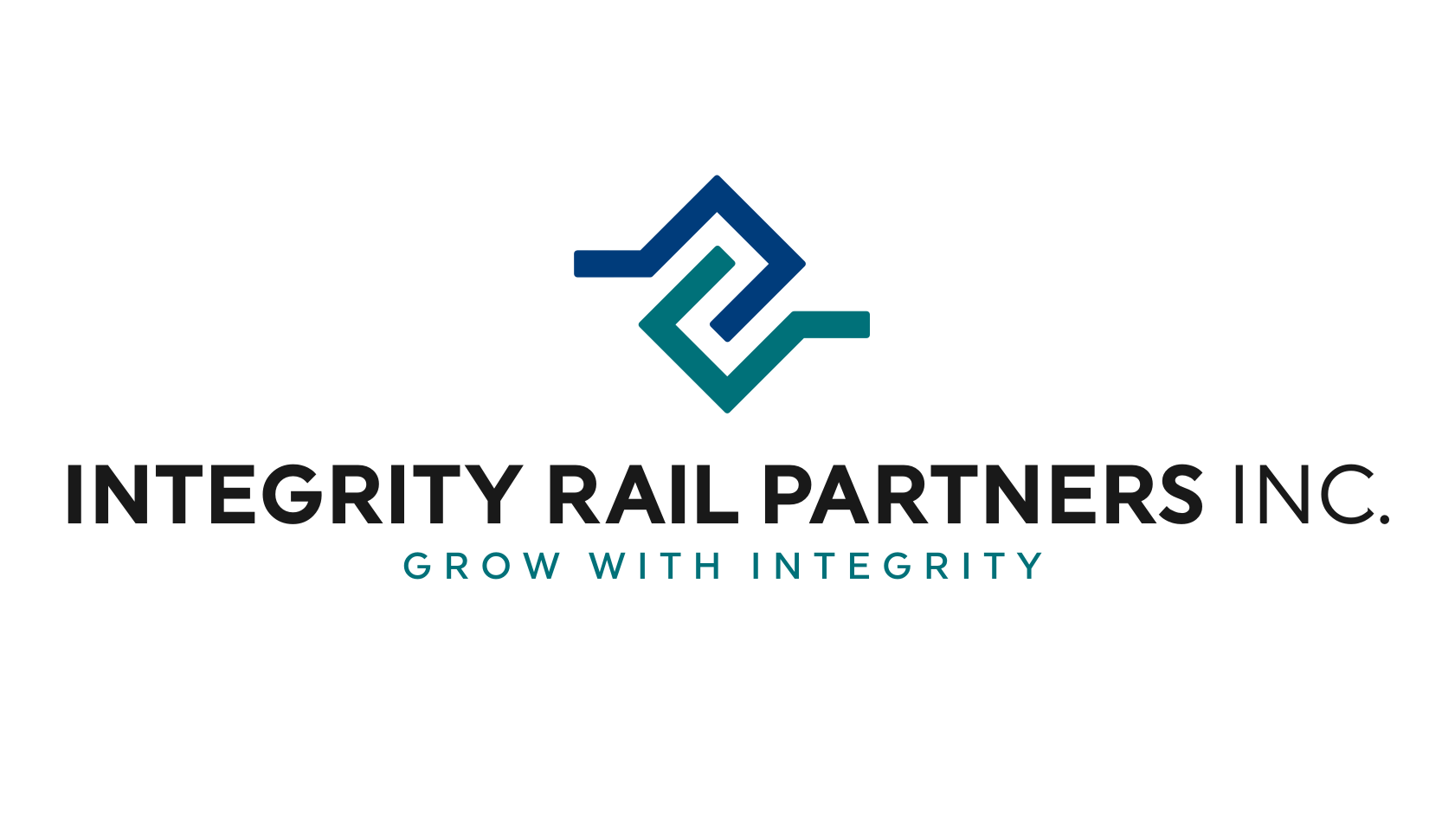As diverse as the North American railcar fleet is, it’s always good to get into the weeds, in order to better understand the overall market.
The tank car and covered hopper fleets are not only the two largest fleets, totaling over 435,000 and 565,000 cars, respectively, but they generally set the tone for whatever conditions exist in the railcar leasing market. 2022 will be no exception.
Overall, tank car deliveries will outpace retirements in 2022, at about 14,000 and 9,000 cars respectively. However, the largest portion – likely 50% or more – of the new tank cars being built will be DOT 117Js, the new spec for moving flammable liquids by rail. This spec is replacing the outgoing legacy ethanol and crude cars, as mandated by the FRA and PHMSA, aka, the Government. While this build rate will remain high for a few more years, it will subside as the non-compliant cars (DOT 111’s and CPC-1232’s) are phased out… which won’t happen until 2029.
With an outlook for “strong-ish” new car demand, one would expect a strong lease rate market, right? Partially true but not necessarily so. Higher cost inputs to build a new tank car – read in high steel costs –have a lot to do with the higher new car lease rates. Demand plays a part, but it is measured. The reason is that the size of this part of the build cycle is known – you can count how many non-compliant cars need to be replaced – and we know the pace at which these cars need to be replaced – namely the phase-out dates. Given both sides know this – lessees/buyers and builders/lessors – the negotiations and production schedules are more orderly, meaning demand-driven increasing in new car lease rates and being controlled, to a degree. There is upward pressure, yes, but most definitely not like the industry experienced in the initial build cycles for ethanol (2000’s) and crude (2010's) fleets.
As for the rest of the tank car fleet, i.e., the much larger (70% overall) non-flammable portion of the fleet, new car deliveries will be improved but not high enough to really provide much car supply availability relief, which is code for higher lease rates.
This side of the fleet is made up of many sub-segments, some very specialized, and others more generic. However, all are similar in the sense that they are currently experiencing higher retirement rates, and the fact that new car investment has been insufficient over the last 5-10 years in maintaining the quality of these fleets – i.e., age, spec, size, condition, etc. Consequently, replacement demand is growing in many of these sub-segments and setting the stage for a new build cycle.
Next week, the covered hopper fleet.

